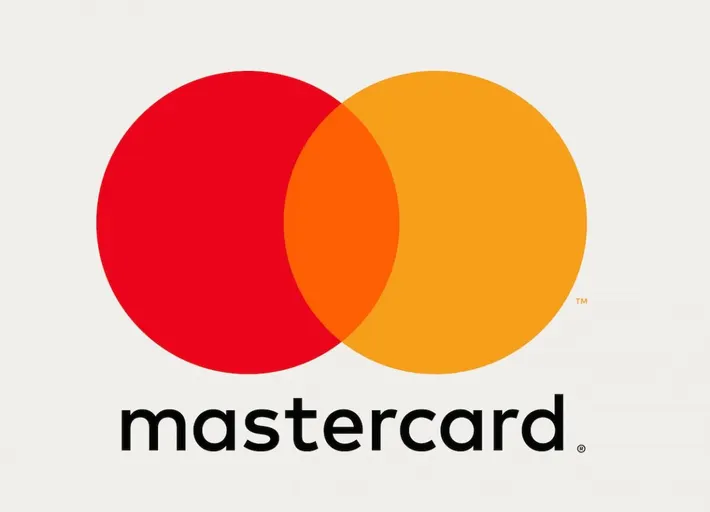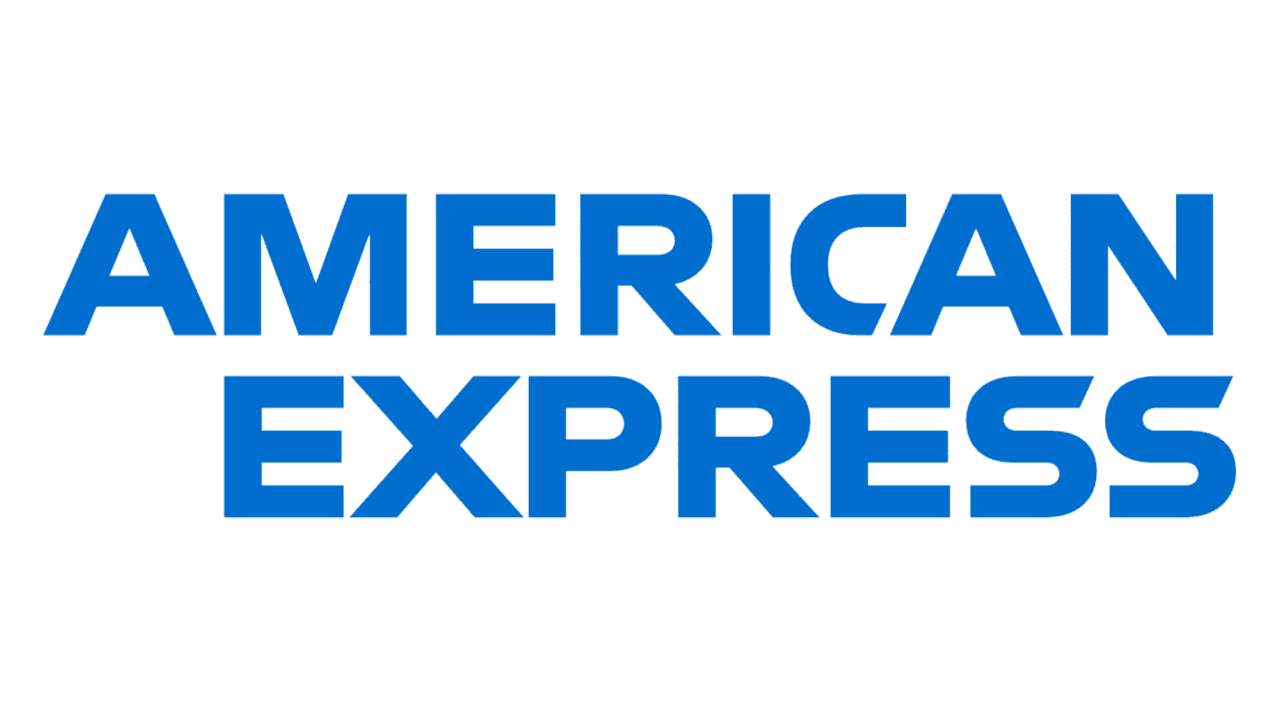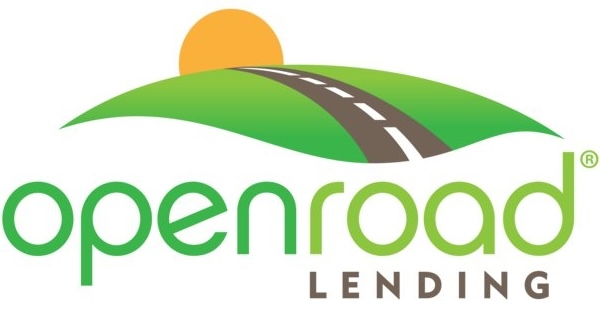
What is a certificate of deposit (CD) and how does it work?
A certificate of deposit or (CD) is a savings product that offers a fixed interest rate for a set period of time, usually called the CD’s “term.” The most common terms for CDs are three months, six months, twelve months, two years, three years, and five years. Usually, the longer the term, the higher the interest rate offered. The annual percentage yield or APY of a CD is highly correlated to the interest rate set by the Federal Reserve. However, banks set their own rates to compete for business. If you withdraw the money from the CD before the term has completed, you receive a penalty. CDs are a safe place to keep your money and gain a predictable, fixed interest rate. CDs are also fairly inflexible because of the penalty for removing the money before the CD fully matures.
What to know before buying a certificate of deposit (CD)?
Consider the following things before buying a certificate of deposit:
Minimum deposit
Almost all CDs have a minimum deposit requirement. Consider the amount you want to invest when considering putting money into a certificate of deposit (CD).
Fixed interest rate
Certificates of deposit (CDs) offer a fixed interest rate. This means that the returns you will earn from putting your money in a CD will be predictable. Even if the market goes down, you can be confident about what you will receive. That sword cuts both ways, though. If CD rates go up, you will still have the rate you signed up with.
Early withdrawal penalties
Banks or credit unions offer higher CD interest rates because the money is committed for a set term. Early withdrawal incurs penalties, usually calculated based on earned interest and the term’s duration.
Required term
When you put money into a certificate of deposit (CD), you commit to leave your money in for a predetermined amount of time. Typical term lengths are 30 days, 3 months, 6 months, 12 months, 2 years, 3 years, and 5 years.
Adding funds before maturity
Most certificates of deposit do not allow you to add funds except during a grace period before an automatic renewal. However, add-on CDs do allow you to add money.
Automatic renewal
When a CD matures (and its term is up), many banks will roll over the funds into a new CD. There is usually a grace period before the automatic renewal is irreversible. After that time, withdrawing from the CD will incur an early withdrawal penalty.
Issuing bank or credit union
You can invest in a CD without an existing bank relationship. Shop around for the best rates and terms. Be sure to choose a federally insured institution (FDIC or NCUA) to safeguard against bank failure.
What is the typical term on a certificate of deposit (CD)?
The most common terms for certificates of deposit are:
- 3 months
- 6 months
- 12 months
- 2 years
- 3 years
- 5 years
What’s the difference between a certificate of deposit (CD) and a time deposit (or term deposit)?
A time deposit (also known as a term deposit) is very similar to a certificate of deposit (CD) in that a financial institution will offer a higher-than-usual interest rate in exchange for the promise to keep the money in an account, untouched, for a specified amount of time, also known as the term.
What happens if you pull money out of a certificate of deposit early?
Banks provide higher CD interest rates due to the commitment of money remaining in the account for a specific period. Early withdrawal incurs a penalty, typically charged on the withdrawn amount rather than the total sum.
How much interest do you lose if you close a CD early?
Early withdrawal penalties for CDs are always calculated in terms of interest, but will depend on the term of the CD. Withdrawing from a 30-day CD might cause a fee of 7 days of interest. Longer term CD’s penalty might be as much as 90 days interest.
Are CDs a safe investment?
Indeed! Federally-insured deposits, protected by the FDIC and the NCUA, treat CDs similarly to savings accounts. As long as the CD is from an FDIC or NCUA insured institution, it’s insured up to $250,000.
What are the different types of CDs?
Certificates of Deposit (CDs) offer a diverse range of options tailored to different financial needs. Understanding the nuances between CD types is essential for maximizing their benefits. Here’s an overview:
- Traditional CD: These standard CDs feature a fixed interest rate and term.
- Bump-up CD: Similar to traditional CDs, they allow a rate increase once per term, ideal for anticipated interest rate rises.
- Step-up CD: Automatically adjusts rates in response to improving market conditions, though initial rates may be lower.
- IRA CD: Held within an Individual Retirement Account for retirement planning purposes.
- Callable CD: Offers higher APY but can be redeemed by the bank before term completion in fluctuating rate environments.
- Add-on CD: Allows additional deposits after the initial account opening, subject to specified terms.
- Liquid CD (or no-penalty CD): Allows penalty-free withdrawals before maturity at the expense of a slightly lower APY.
- High-yield CD: Typically denotes a CD with an above-average APY, often a marketing term.
- Jumbo CD: Requires a larger deposit (typically $100,000 or more) and may or may not offer higher APY.
- Zero-coupon CD: Doesn’t pay interest during the term but provides a lump-sum payment at maturity, incorporating compounded returns for a potentially higher total APY.
What is the CD ladder?
The biggest drawback of a certificate of deposit is that the money is tied up until the end of the term. To make matters worse, you receive a better annual percentage yield (APY) for longer terms than for shorter terms. If you are uncomfortable locking up your money for extensive periods of time, the CD ladder might be the strategy to employ.
How does the CD ladder work?
Instead of investing in a single CD with a two year term (for example), the CD ladder strategy would have you divide up the amount you want to invest in CDs into smaller amounts with terms that overlap with each other. Instead of all of your money in a single CD that you won’t have access to for 24 months, you might stagger out the CDs so you have a portion maturing every six months. This gives you the option to always have a portion of your money more liquid than it otherwise would, but still take advantage of the better rates found in certificates of deposit.
Example of a CD ladder
Suppose you have $30,000 that you would like to place in certificates of deposit so you are earning a better return than you would in a regular savings account. But, you are uncomfortable of losing access to all of that money for an extended period of time. Instead of investing all $30,000 in a CD with a 5 year term, you might select several CDs with overlapping terms:
| Amount | Term |
| $10,000 | 5 year |
| $5,000 | 3 year |
| $5,000 | 2 year |
| $5,000 | 1 year |
| $5,000 | 6 month |
If after six months, you find that you did not need the $5,000 that is maturing, you would move that amount into a new CD with a 5 year term. That means it will mature six months after the $10,000 CD. As each one matures, you can move it into a 5 year CD. Over time you will get to a point where all of your CDs are taking advantage of a higher 5 year APY! Additionally, each year a portion of your savings is available in case you want to do something different with it.
Of course, the CD ladder can be done with long terms or short terms depending on your need for liquidity and flexibility.
What are the advantages of certificates of deposit?
The three primary advantages of certificates of deposit (CDs) are:
- Higher interest rates: You will receive a better savings rate with a CD than you will with a traditional savings account.
- Predictability: The fixed APY (annual percentage yield, or interest rate you earn on the money) and the set term length of the certificate of deposit makes it one of the most predictable savings tools available.
- Safety: Because they are insured by the FDIC up to $250,000, certificates of deposit are a safe place to put any savings that you might have.
What are the disadvantages of certificates of deposit?
The main disadvantages of putting your savings into a certificate of deposit are:
- Inflexibility: Putting money in a certificate of deposit locks the money in a set term which means that you have much less flexibility to use that money if something important comes up.
- Early withdrawal penalties: If you need to pull money out of a certificate of deposit before the term is up, you will be fined an early withdrawal penalty which would eat into the interest you earned over that period.
- Auto-rollover: Many certificates of deposit have automatic rollover features that move the money into another CD upon maturity. While there is a grace period that will allow you to opt out without a fee, if you aren’t paying attention, you might find your money getting locked away for another period of time.
- Inflation risk: Because the APY (annual percentage yield) on certificates of deposit are fixed, you could find yourself earning an interest rate that lags current inflation, especially if macroeconomic conditions change fast.
What is the average APY for certificates of deposit?
In the 1980s, the average certificate of deposit (CD) had a APY (annual percentage yield) of about 8%. During the 1990s, the average APY had dropped to about 5%. In the 2000s, average certificate of deposits APY had further dropped to 2%. Throughout the 2010s, the APY for certificates of deposit have consistently been below 1%. Due to rising interest rates, current certificates of deposit are hovering above 3% for the first time in twenty years.
Of course, the range of options will depend on the terms of the CD and the issuing institution, but certificates of deposit do not currently offer interest rates that would be above the rate of inflation. Here can find more information about current rates from the FED.
Is it better to have a savings account or a CD?
If your sole aim is a higher APY, a certificate of deposit (CD) outperforms a traditional savings account. However, for emergency funds or financial flexibility, a CD isn’t ideal. CDs mandate leaving the money untouched for the term; early withdrawal incurs penalties.
In many circumstances, it is better to establish a high yield savings account! This allows you the flexibility to use the money when you need it but offers a much higher APY than traditional savings accounts.
What is the difference between a CD and a savings account?
A certificate of deposit is a form of savings account that provides a fixed interest rate in exchange for a commitment to leave the money untouched for a set period of time. If you remove the money early, you will be hit with penalties. A CD also has higher minimum requirements. A savings account has much more flexibility to move money in and out of the account whenever you want, but the APY is significantly lower.
| Certificate of Deposit (CD) | Savings account | |
| Interest rate | High | Low |
| Interest calculation | Fixed | Variable |
| FDIC insured | Yes | Yes |
| Access to money | Limited by term | Complete |
| Minimum balance requirement | Yes | No |
What is the difference between a certificate of deposit and a high-yield savings account?
A certificate of deposit is a saving product that offers a significantly higher interest rate than you would get in a traditional savings account. The interest rate is fixed for a set period of time, called the CDs “term.” If you remove the money from the CD before the term has completed, you receive a penalty which often wipes out any interest earned to that point. A high-yield savings account also offers a higher interest rate than you would get from a traditional savings account, but the interest rate floats based on other factors, like the federal fund rate. Also, a high-yield savings account allows you much more flexibility in accessing your money over time.
| Certificate of Deposit (CD) | High-yield savings account | |
| Interest rate | High | High |
| Interest calculation | Fixed | Variable |
| FDIC insured | Yes | Yes |
| Access to money | Limited by term | Few options |
What is the difference between a certificate of deposit and a money market account?
Certificate of deposit is a savings product that offers a better interest rate than a traditional savings account, because the APY (annual percentage yield) is fixed for a predetermined period where you are committed to keeping your money. The bank penalizes you if you remove the funds before the CD matures. Money market accounts are flexible accounts that act a little like a savings account with a few features common to checking accounts, like a debit card and the ability to write checks from the account.
| Certificate of deposit (CD) | Money market account | |
| Interest rate | High | Slightly better than traditional savings accounts |
| Interest calculation | Fixed | Variable |
| Checks | No | Limited |
| Debit card | No | Yes |
| FDIC insured | Yes | Yes |
| Access to money | Limited by term | Many options |
What makes CD rates go up and down?
The biggest influence on CD rates is the interest rate set by the Federal Reserve when they attempt to manage the economy. When the Fed increases interest rates, CD rates will typically also go up. Of course, because of the timing of CDs, it is not unusual for CD rates to take a few months to catch up.
Another thing that can influence the rate offered for CDs is the strategy of the bank issuing the CD. They may want more deposits and are willing to increase what they offer in order to acquire them.
Why do banks have different rates for certificate of deposit?
Even though CDs APY is highly correlated to the interest rate established by the Federal Reserve, banks set their own APY for their certificates of deposit. A couple of things can influence how the rate that they offer. First, if the bank has a high demand for deposits, they may offer a higher interest rate on their CDs. Second, banks set different profit targets for their products which can result in different interest rates than their competitors.
It’s often constructive to see that a bank is like any business. They must buy materials in order to make a product to sell at a profit. Only the bank sells the use of money in the form of things like mortgages, business loans, and auto loans. The materials that they need to issue those loans are deposits from things like savings accounts and certificates of deposit.
Banks profit more with higher loan interest rates and lower interest payments to depositors. When loan demand rises, banks might hike the APY to attract more deposits for lending purposes.
Another way to increase the supply of money is when the Federal Reserve lowers the “fund rate” of money. When interest rates drop, it is less expensive for banks can borrow money from the Federal Reserve.
How often do CD rates change?
Most banks will update their CD rates every business day.
Is a certificate of deposit the best way to build a savings?
A certificate of deposit isn’t a great tool for building your savings but rather for safeguarding already accumulated savings. Keeping a rainy-day fund in a CD might restrict access when needed urgently. Check out our article on the best way to save money and build a savings.






























